MUTTASA
Capstone Project Muttasa – Game prototype
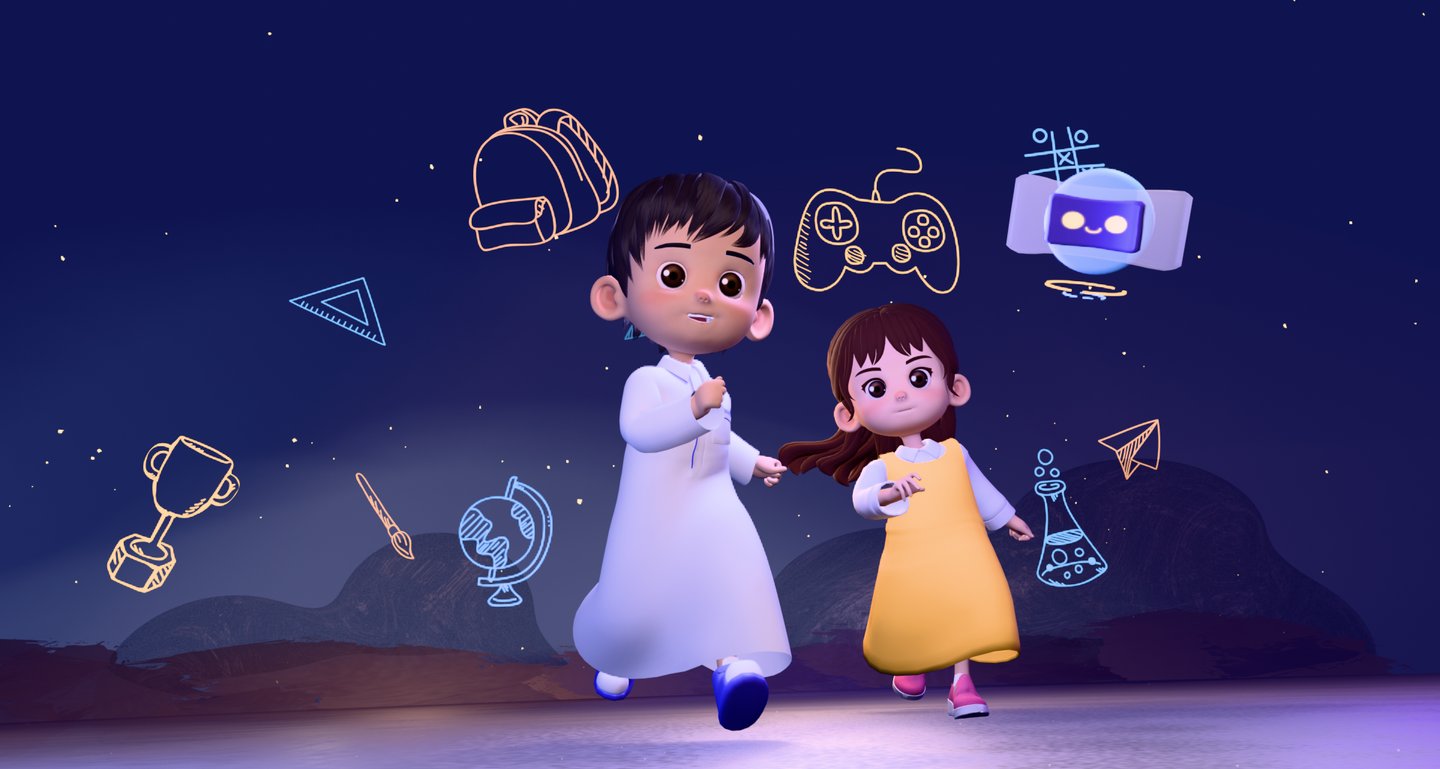

Game Prototype Video

Visual Research Report for "Muttasa"
The concept of “Muttasa,” a child-friendly game application for kindergarten students, originated from a real-world problem: children under the age of 12 are actively playing games such as Roblox, despite its 13+ age rating. The issue is compounded by the fact that age verification systems can be bypassed easily by users entering false birthdates, leading to a credibility gap in targeting actual preschool and early elementary-aged children.
To investigate the potential for an educational and entertaining digital solution grounded in local context, I began my research in three preschool institutes in Makkah, Saudi Arabia, due to their proximity and accessibility. The aim was to understand how children interact with digital tools, the process of documentation and learning, and the role of structured platforms like the Saudi Ministry of Education’s "Noor System" in managing student data and evaluations.
Field Interviews and System Verification
Three preschool teachers agreed to be interviewed under the condition of anonymity. From these interviews, several insights emerged:
All student registrations in Saudi nurseries must go through the Noor System, an official platform for registering and evaluating students from KG1 through first grade (Ministry of Education, KSA, 2023).
The system includes weekly, monthly, and semester-based assessments to monitor student development.
These evaluations are used to track a child’s skill acquisition and learning outcomes.
Upon verifying the Noor System, I conceived the idea of creating a child-centric application similar to Roblox but requiring authenticated registration through the Noor System. This would ensure verified access by preschool students, preventing misuse by older players. Moreover, in-game rewards could be linked to real-world achievements within the classroom.
User Interface and Game Research
After conceptualizing “Muttasa,” I conducted visual and user interface (UI) research on four popular games to analyze their appeal, functionality, and suitability for children. The goal was to examine how interface design, character customization, color schemes, and gameplay mechanics contribute to user engagement.
1. Roblox
Roblox is known for its sandbox structure, allowing users to create and play in user-generated worlds. Children are particularly drawn to it due to:
Simple controls: Typically, only three buttons are used—jump, walk/run, and context-sensitive action (e.g., throw/pick up)—making the game easy to navigate for young users (Makuch, 2020).
Endless customization: Children enjoy creating avatars and exploring virtual worlds, often mimicking social interactions (Marsh, 2021).
However, its interface is text-heavy, requiring frequent reading. Children often memorize and click common options like "Confirm" and "Cancel" through repeated exposure, despite not understanding the full text (Yee & Bailenson, 2021).
2. LEGO Juniors Create & Cruise
This game targets children aged 3+ and offers a simple interface for creating characters and vehicles, followed by a reward-based racing experience.
The game uses Narrative Navigation, a UI design that relies on sequential storytelling through screens. This helps children anticipate what comes next and reduces cognitive load (Zhou et al., 2020).
The design features large icons, low animation density, and a limited decision tree, making it ideal for early childhood cognitive stages (Miller & Almon, 2009).
3. Dreams (by Media Molecule)
Though designed for players aged 12+, Dreams was selected due to its critical acclaim and family-oriented recognition.
It won Best Family Game and Best Original Game (BAFTA, 2020).
The game allows players to create their own games and share them, echoing a safe, collaborative environment suitable for adaptation into child-friendly spaces.
Visually, Dreams stands out for its cohesive color palettes, soft edges, and iconic visual metaphors (Kim, 2021). These elements stimulate creativity without overwhelming the user.
4. Genshin Impact
While Genshin Impact is not suitable for young children due to its complex controls (requiring 14 buttons), it offers valuable visual lessons:
The game’s character system emphasizes individual identity and role, which fosters emotional attachment—a reason younger audiences are drawn to the aesthetics (Anderson, 2022).
The narrative structure is embedded in UI navigation and character progression, which mirrors storybook-like flows appreciated by children (Sun et al., 2021).
Despite this, the control scheme is too advanced for preschoolers, making it non-ideal for direct application but rich for visual inspiration.
Design Outcome and Naming
Based on this research, I began developing “Muttasaa”—a virtual world for verified preschoolers aged 3.5 to 6. The app will:
Use Noor System verification for registration.
Offer safe, stylized 3D avatars.
Implement narrative navigation with large, icon-driven interfaces.
Provide reward systems linked to real classroom achievements.
Feature minimal text, large buttons, and consistent colors that cater to children's sensory development stages.
The name “Muttasa” (متسع) was selected after researching words that evoke the sense of vastness or expansion, representing a large, exploratory digital world that’s safe and tailored for children's entertainment and growth.
The visual research for Muttasa was grounded in fieldwork, academic literature, and comparative game analysis. By blending verified access, intuitive design, and engaging visuals, Muttasa aims to fill the gap left by open-access platforms like Roblox, ensuring a safe and effective digital space for Saudi preschool children.
References
Anderson, T. (2022). Emotional resonance through character-centric design: The case of Genshin Impact. Game User Research Journal, 4(2), 44-59.
British Academy of Film and Television Arts. (2020). BAFTA Game Awards Winners.
Kim, L. (2021). Visual metaphors in game design: A case study on Dreams. Game Studies, 21(1).
Makuch, E. (2020). Roblox explained: What it is and why it's so popular with kids. GameSpot.
Marsh, J. (2021). Children's engagement with Roblox: Creativity, play, and online socialization. Journal of Virtual Worlds Research, 14(2), 5-22.
Miller, E., & Almon, J. (2009). Crisis in the kindergarten: Why children need to play in school. Alliance for Childhood.
Ministry of Education, KSA. (2023). Noor System Overview. noor.moe.gov.sa
Sun, W., Zhang, M., & Liu, J. (2021). Narrative progression in open-world games: Cognitive impact on young players. International Journal of Game-Based Learning, 11(3), 33-47.
Yee, N., & Bailenson, J. (2021). The Proteus effect in virtual worlds. Communication Research, 48(3), 431–456.
Zhou, X., Lien, A., & Vallance, M. (2020). Designing for preschoolers: A study on narrative UI flows in educational games. International Journal of Child-Computer Interaction, 25, 100191.
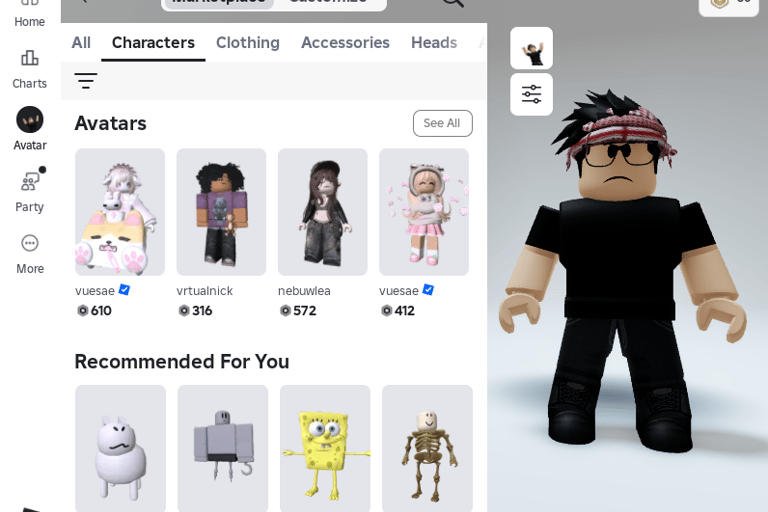

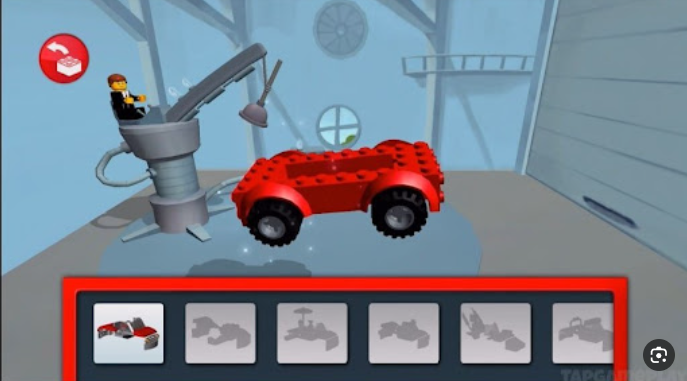

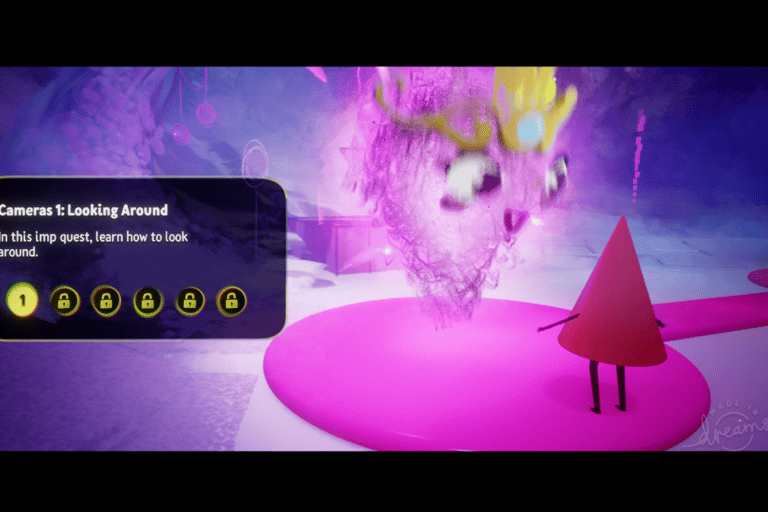

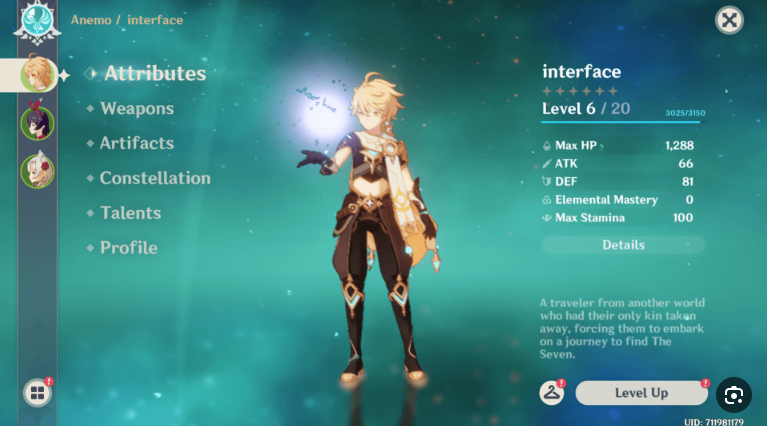

A game-based learning platform designed for kindergarten students, allowing them to play, learn, and interact with their classmates in a safe and friendly environment. The platform combines education and entertainment to support early childhood development through collaborative and engaging experiences.


Story Writing to 3D Modeling
The narrative was developed to emphasize the impact of water leakage, aiming to raise awareness and urgency. A detailed script was written, and a storyboard was created to visualize key scenes and camera movements. characters, environments, and assets were designed to establish a consistent visual style. lastly, the 3D models of characters, props, and environments were created, ensuring realism and alignment with the story.
lastly, the 3D models of characters, props, and environments were created, ensuring realism and alignment with the story.
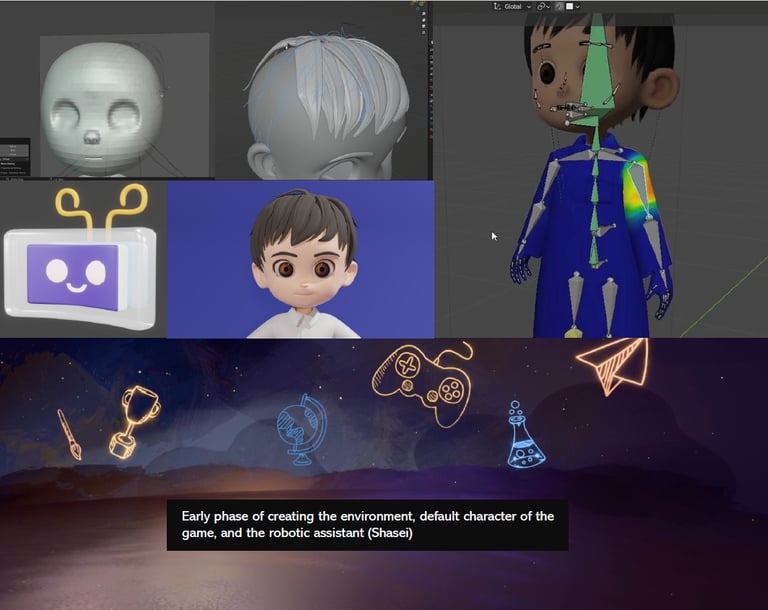

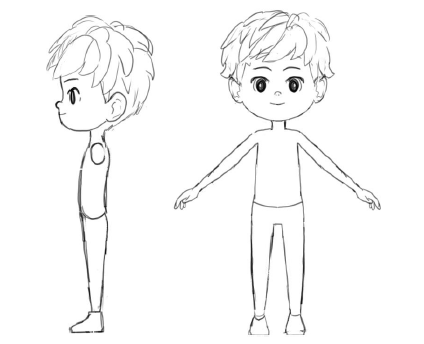

Promo Video

Bashaer Althobaiti
Contact me
SubscriptiON
Me@bashaeralthobaiti.com
+966555097761
BashaerAlthobaiti© 2025. All rights reserved.
